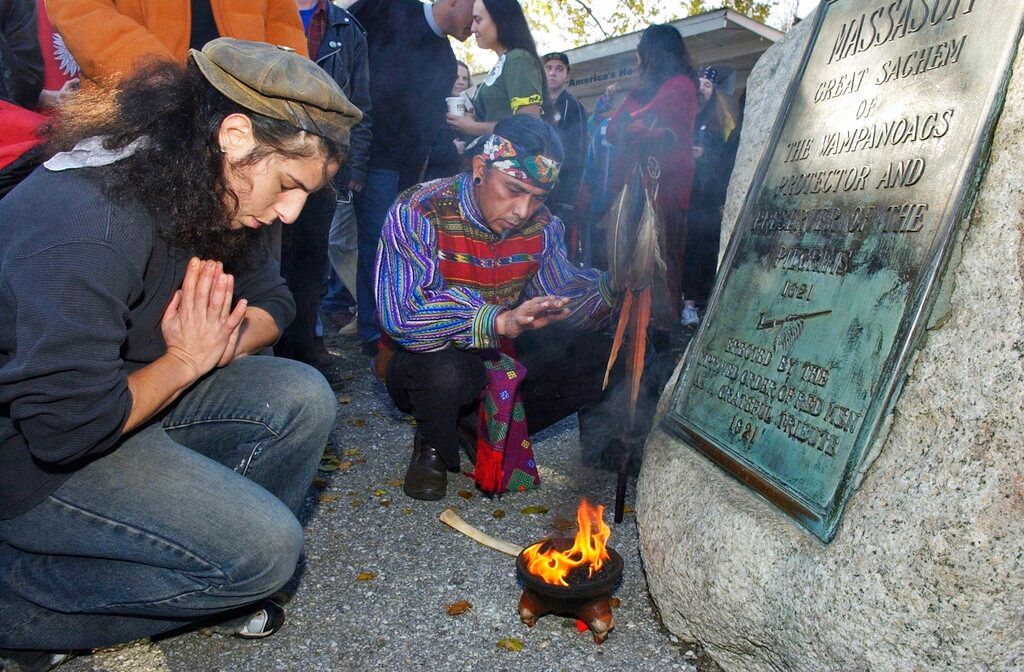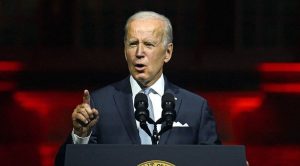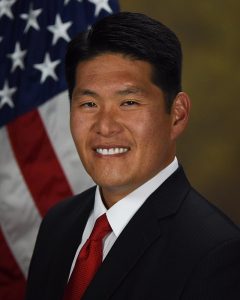November is Native American Heritage Month.
This is the time to honour and recognise Native Americans as the first people
of America and to celebrate both their cultural heritage and integral
importance to the country.
What is Native American Heritage Day?
In the year 2009, then President of the
United States Barack Obama signed “The Native American Heritage Day
Resolution,” dedicating Black Friday as “Native American Heritage Day.”
After the Heritage Day Resolution became
law, Obama stated, “I encourage every American to join me in observing Native
American Heritage Day….It is also important for all of us to understand the
rich culture, tradition, and history of Native Americans and their status
today, and to appreciate the contributions that First Americans have made and
will continue to make to our Nation.”
However, the resolution was supported by
only 184 out of 567 federally recognized tribes.
How did it become official?
According to the Native American Heritage
Day Act of 2009, it is encouraged that the day is taken to observe the history,
culture, traditions, language and legacy of Native Americans that all Americans
enjoy today.
In the 1970s, efforts were made to honour
Jerry C. Elliott High Eagle, a Cherokee-Osage physicist and legendry NASA
employee.
Elliott is known for his contributions to
the Apollo 13 mission, where he saved the lives of three astronauts. Being one
of the few Native Americans to work for NASA at that time, Elliot sought a way
to honour the contributions of Native American peoples to the United States. By
composing a proposal for Native American Awareness Week in 1976, Elliot was the
first to request a week of nationwide recognition for Indigenous communities in
the United States.
An action was taken in 1986, ten years
after Elliot’s proposal, when President Ronald Reagan designated American
Indian Week from November 23-30. In the following years, Presidents Reagan and
George H.W. Bush had to continuously address the week of recognition for the
celebration to carry on. This continued until 1990 when Native American Week
evolved into a month-long celebration.
Former President Bush was the first to
announce November as National American Indian Heritage Month. This month marks
the end of the traditional harvest season and is often known as a time of
gratitude.
It wasn’t until President George W. Bush
signed the Native American Heritage Day Act of 2008 that the day after
Thanksgiving became one of education and recognition of Native Americans. Under
President Barack Obama, November 26, a day after Thanksgiving Day, became
Native American Heritage Day.






